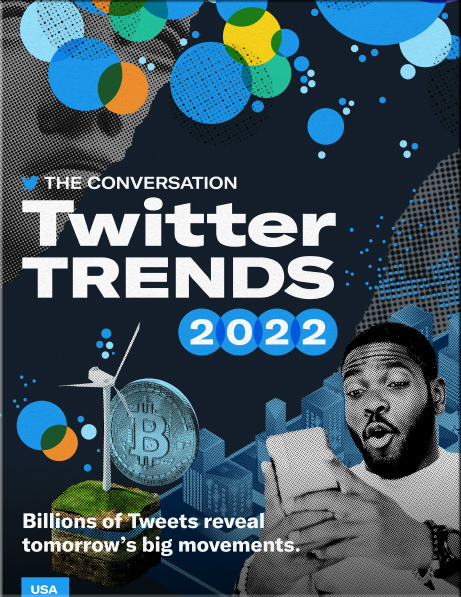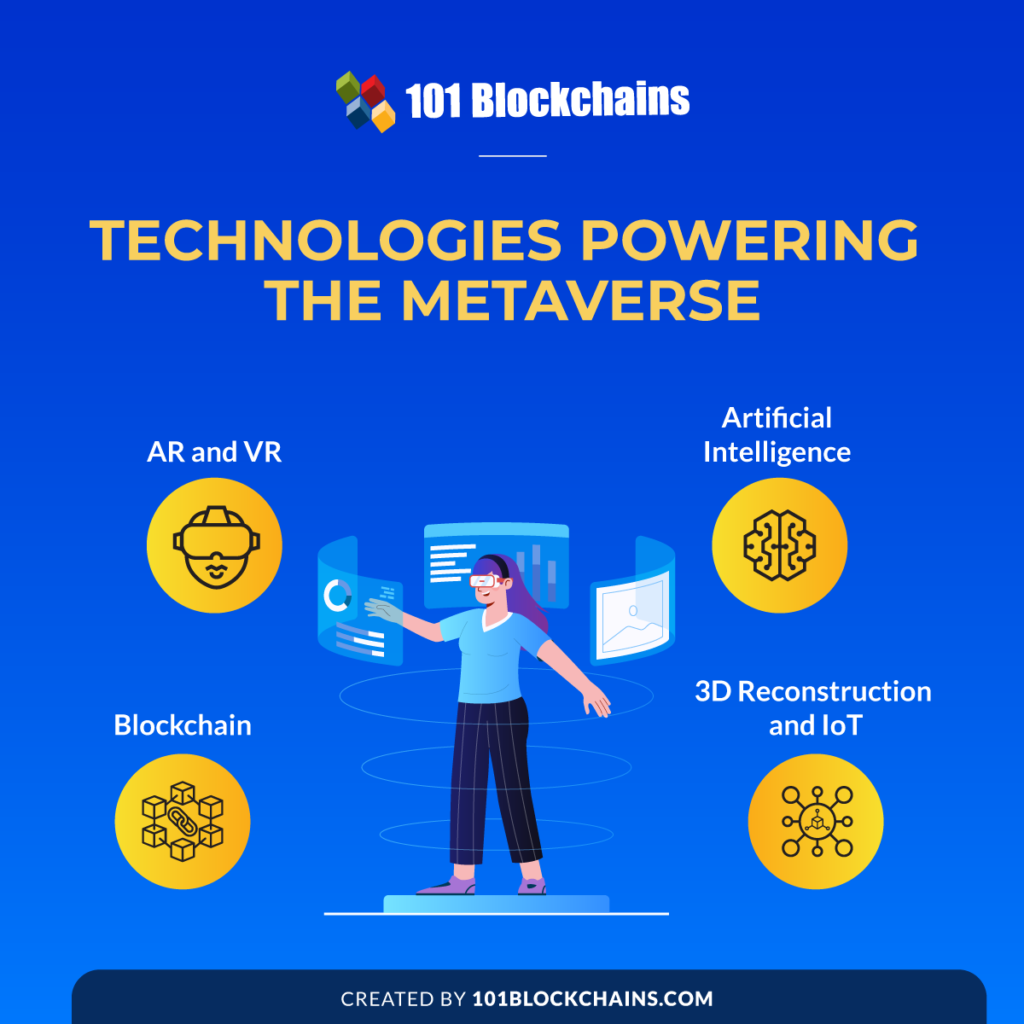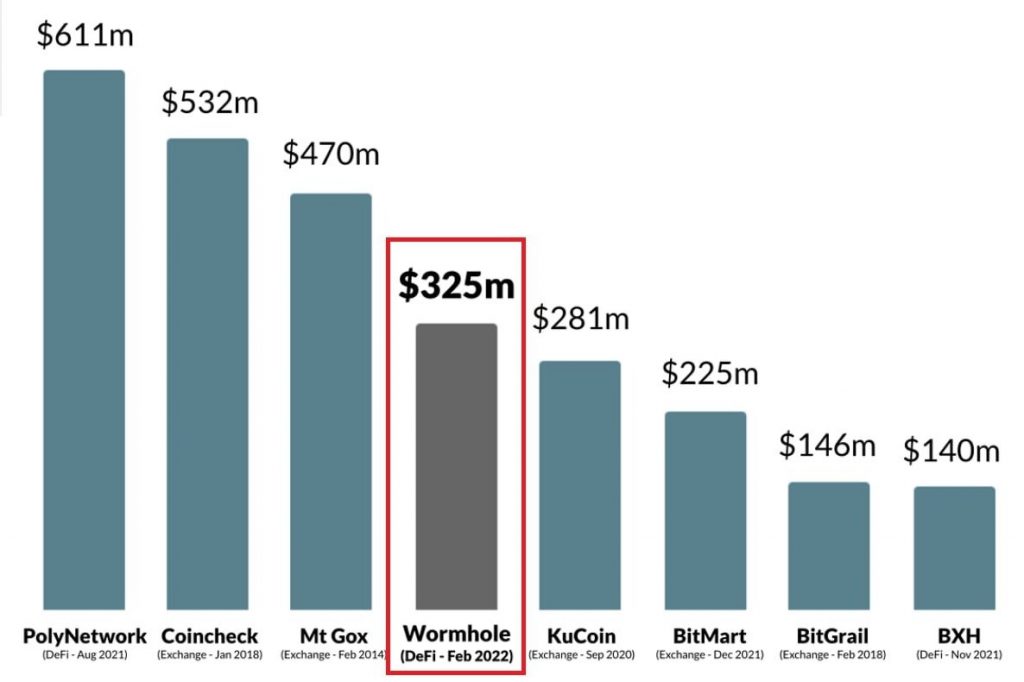Gensler warns as crypto crashes: ‘The public is not protected’ — from protocol.com by Benjamin Pimentel
The SEC chair had sounded alarms about crypto’s risks, and now those risks are in plain sight.
Excerpt:
SEC Chair Gary Gensler warned Congress Wednesday that consumers and investors are vulnerable in an increasingly volatile crypto market now reeling from a sharp downturn.
Citing the recent collapse in the crypto market’s value, Gensler said, “This is a field that is now worth $1.2 trillion. Two weeks ago it was supposedly worth $2 trillion.”
“The public is not protected,” he testified at a House Appropriations Committee hearing on the proposed budget for the SEC and the FTC. “They don’t have the disclosures from these entrepreneurs.”
From DSC:
A topic for personal finance courses? Economics courses?













